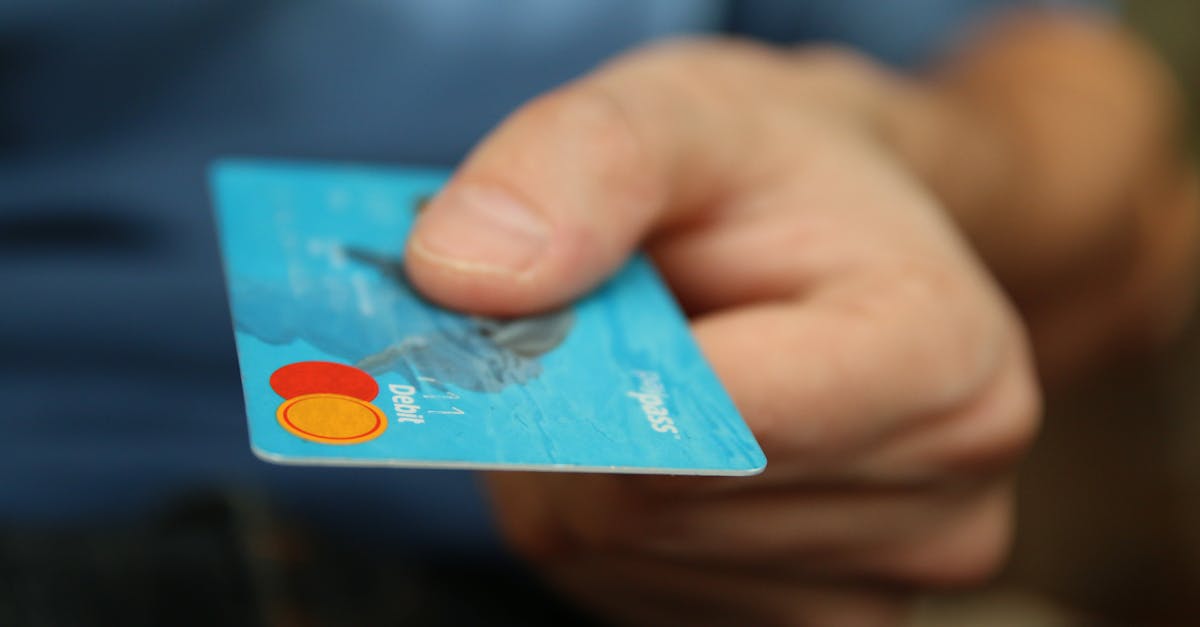Bank of Hawaii (BOH) is signaling a strong commitment to its physical presence on the Neighbor Islands, announcing renovations at five branch locations despite the increasing popularity of digital banking. This move underscores a strategic decision to balance digital innovation with in-person customer service, impacting the financial landscape for both residents and businesses across the state. This investment is critical because it provides crucial services to local business owners.
The renovations represent a significant investment in Hawaii's financial infrastructure, potentially impacting local construction and related industries. According to a recent report by Pacific Business News the bank’s decision to invest in physical locations may reflect a belief in the enduring importance of face-to-face interactions and the need to maintain a strong physical presence in the community. BOH's commitment to local communities extends beyond these renovations. Bank of Hawaii continues to modernize. For example, BOH celebrated its first “Branch of Tomorrow” on Hawaii Island in May 2021, implementing new technologies and design concepts Bank of Hawaii.
The bank’s strategy could also be driven by a desire to capture market share and maintain a competitive edge in an evolving financial landscape. Another example of BOH's commitment to Hawaii is the construction of a new oceanfront branch, as reported by Pacific Business News. The location will be double the size of the existing branch. Increased accessibility and modern amenities could attract new customers and enhance the overall banking experience for existing clients. This local investment will likely lead to better services for Hawaii residents.
Entrepreneurs and small business owners may benefit from these upgraded branches through improved access to financial services, including loans, business accounts, and expert financial advice. For investors, this signifies confidence in Hawaii's economic future and the potential for long-term returns. Understanding the specific locations and scope of these renovations will be key for local businesses as they assess how to best leverage the bank’s increased investment.



